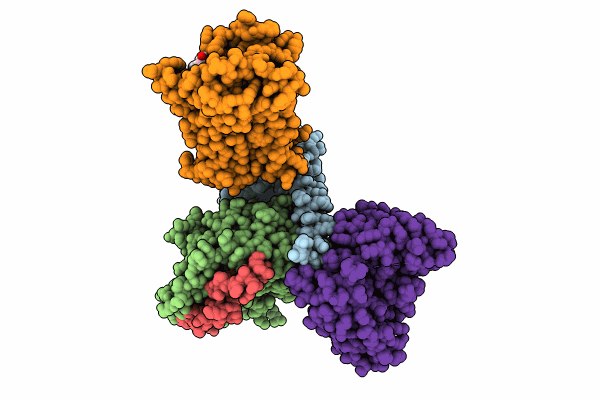
Deposition Date
2024-03-27
Release Date
2024-06-05
Last Version Date
2024-11-06
Entry Detail
PDB ID:
8YUV
Keywords:
Title:
Cryo-EM structure of the immepip-bound H3R-Gi complex
Biological Source:
Source Organism:
Homo sapiens (Taxon ID: 9606)
Mus musculus (Taxon ID: 10090)
Mus musculus (Taxon ID: 10090)
Host Organism:
Method Details:
Experimental Method:
Resolution:
3.00 Å
Aggregation State:
PARTICLE
Reconstruction Method:
SINGLE PARTICLE


